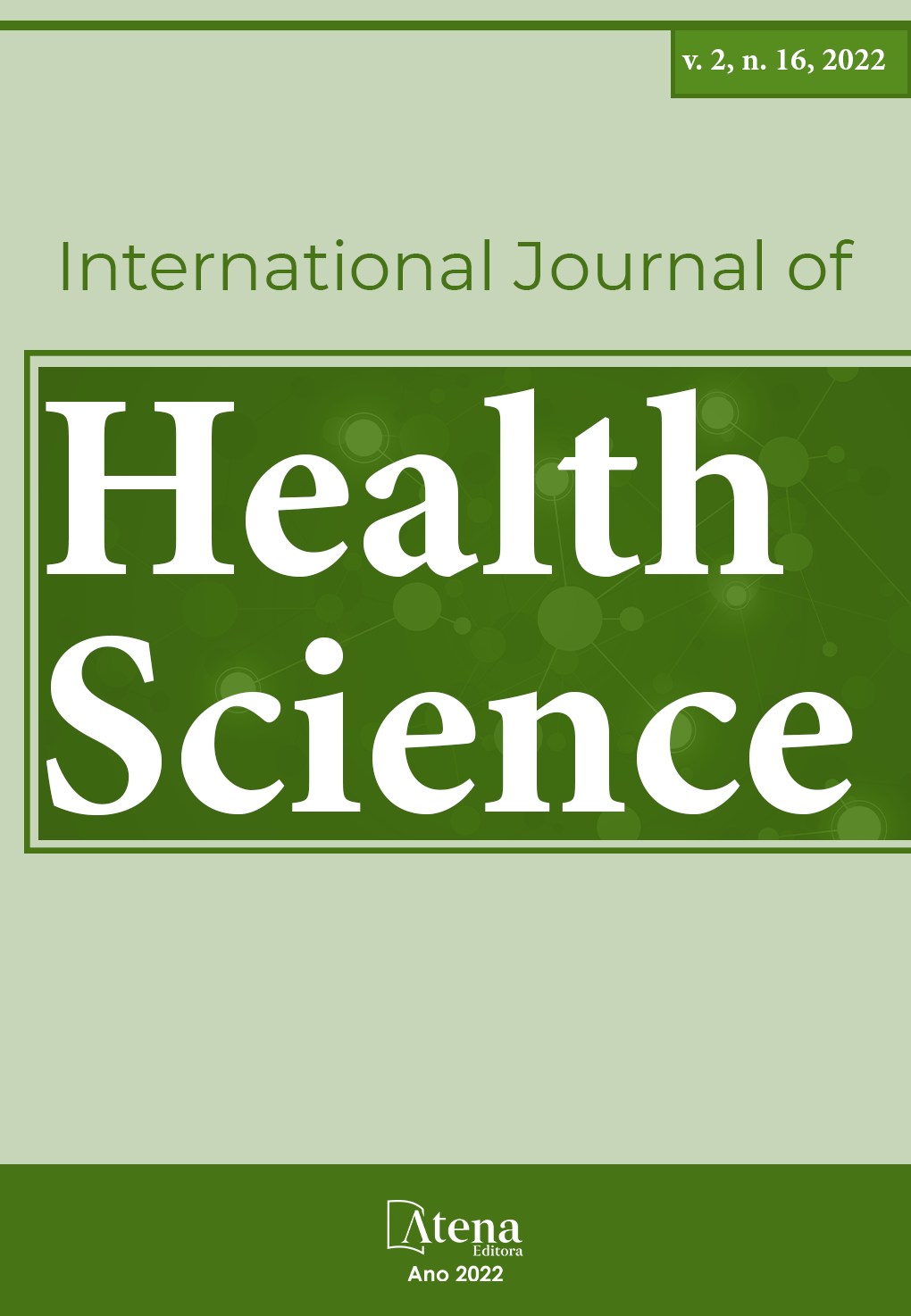
NUTRITIONAL AND PHYSICAL-FITNESS FACTORS COURSING WITH NON-COMMUNICABLE DISEASES FROM OVERWEIGHT TO A HIGHER RISK OF VASCULAR AND LIVER OUTCOMES IN A COMMUNITY-BASED ADULTS
The burst of Non-Communicable Chronic Diseases (NCDs) seen in the last half-century, by the increased overweight and showing Cardio-Vascular Diseases (CVD) as the leading mortality outcome, might have epigenetic basis upon the mismatch of our ancient genome with the modern environmental behavior. Presently, we studied food inadequacy and physical unfitness associated with the prevalence of some NCD-related abnormalities from steps of obesity to more severe outcomes. For so, we analyzed data from 1,171 subjects, free-attendants of the dynamic cohort study “Move for Health” (2005 to 2019). Adults over 35-yr old were clinically selected and assessed for demographic, socioeconomic, physical activity, fitness, dietary quality and food intake along with body composition and plasma biochemistry for diagnosing NCDs. The mostly female, over 60- yr old, low-middle class sample, referred diet-inadequacy (91.9%) with highly processed food. Physical inactivity rate was 18.3% and 50.9% low trunk-flexibility as their major unfitness. Overweight was 82.1%, obesity 39%, abdominal obesity 51.2% and low-muscle mass 10.3%. MetS prevailed 61.1%, NAFLD 59.6% and hepatic fibrosis 0.6%, T2D was 17.2%. The main abnormalities were for high WC (51.2%), hypertriglyceridemic –waist (37.8%), blood hypertension (28.7%) and low-HDL chol. (16.7%). The prevalence of higher risks of PAI and CHD were 32.1% and 31.4%, respectively. Inadequate diet led to lower increase than physical inactivity for the NAFLD, lower muscle mass, PAI higher –risk and CHD. Then, not only poor-dietary quality but also, and mainly, low-physical activity and low fitness acted as behavioral factors increasing selectively the NCDs. These suggest that an allostasis pro-active model of lifestyle modification, involving supervised- physical exercises and counseled-dietary adequacy would be clinically appropriate for taking care of those contemporary NCDs having evolutionary thriftiness as their common background.
NUTRITIONAL AND PHYSICAL-FITNESS FACTORS COURSING WITH NON-COMMUNICABLE DISEASES FROM OVERWEIGHT TO A HIGHER RISK OF VASCULAR AND LIVER OUTCOMES IN A COMMUNITY-BASED ADULTS
-
DOI: 10.22533/at.ed.1592162216033
-
Palavras-chave: non-communicable chronic diseases; food inadequacy; physical inactivity; sedentary behavior
-
Keywords: non-communicable chronic diseases; food inadequacy; physical inactivity; sedentary behavior
-
Abstract:
The burst of Non-Communicable Chronic Diseases (NCDs) seen in the last half-century, by the increased overweight and showing Cardio-Vascular Diseases (CVD) as the leading mortality outcome, might have epigenetic basis upon the mismatch of our ancient genome with the modern environmental behavior. Presently, we studied food inadequacy and physical unfitness associated with the prevalence of some NCD-related abnormalities from steps of obesity to more severe outcomes. For so, we analyzed data from 1,171 subjects, free-attendants of the dynamic cohort study “Move for Health” (2005 to 2019). Adults over 35-yr old were clinically selected and assessed for demographic, socioeconomic, physical activity, fitness, dietary quality and food intake along with body composition and plasma biochemistry for diagnosing NCDs. The mostly female, over 60- yr old, low-middle class sample, referred diet-inadequacy (91.9%) with highly processed food. Physical inactivity rate was 18.3% and 50.9% low trunk-flexibility as their major unfitness. Overweight was 82.1%, obesity 39%, abdominal obesity 51.2% and low-muscle mass 10.3%. MetS prevailed 61.1%, NAFLD 59.6% and hepatic fibrosis 0.6%, T2D was 17.2%. The main abnormalities were for high WC (51.2%), hypertriglyceridemic –waist (37.8%), blood hypertension (28.7%) and low-HDL chol. (16.7%). The prevalence of higher risks of PAI and CHD were 32.1% and 31.4%, respectively. Inadequate diet led to lower increase than physical inactivity for the NAFLD, lower muscle mass, PAI higher –risk and CHD. Then, not only poor-dietary quality but also, and mainly, low-physical activity and low fitness acted as behavioral factors increasing selectively the NCDs. These suggest that an allostasis pro-active model of lifestyle modification, involving supervised- physical exercises and counseled-dietary adequacy would be clinically appropriate for taking care of those contemporary NCDs having evolutionary thriftiness as their common background.
-
Número de páginas: 26
- Franz Homero Paganini Burini
- Roberto Carlos Burini
- Hugo Tadashi Kano


